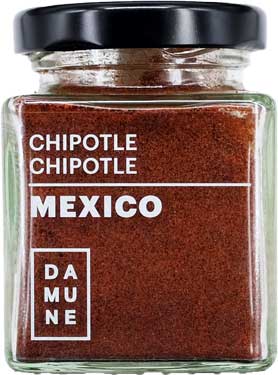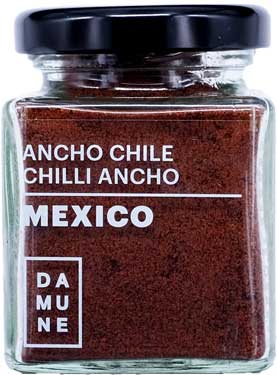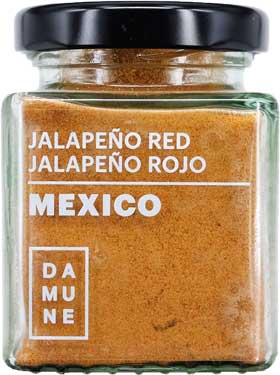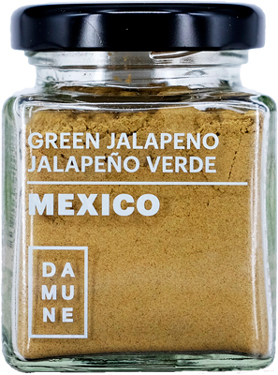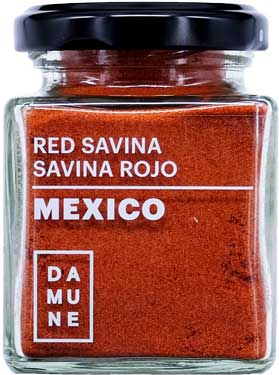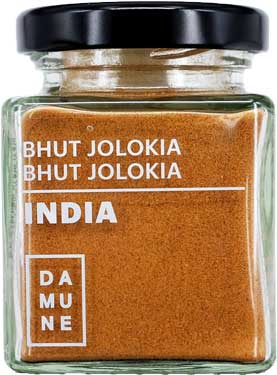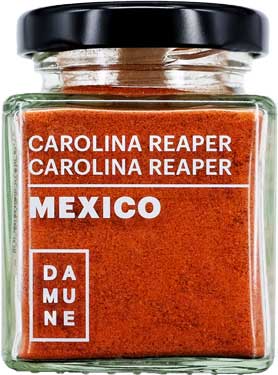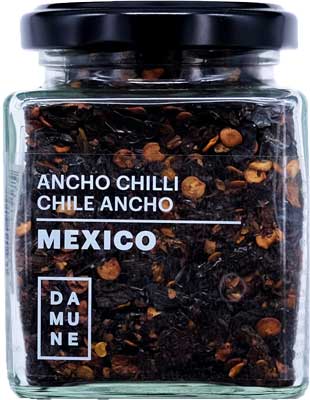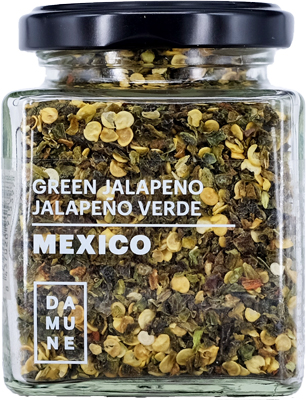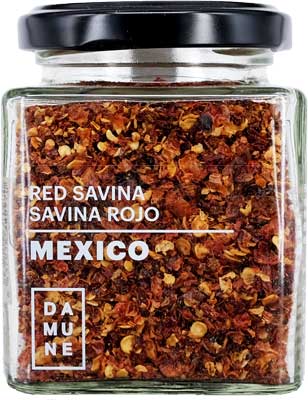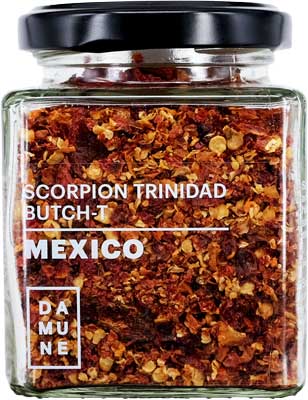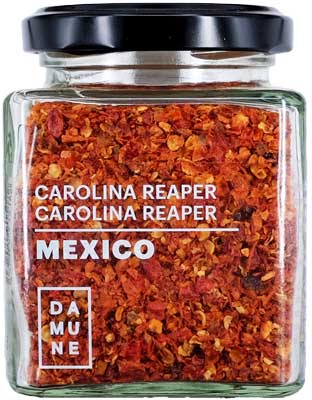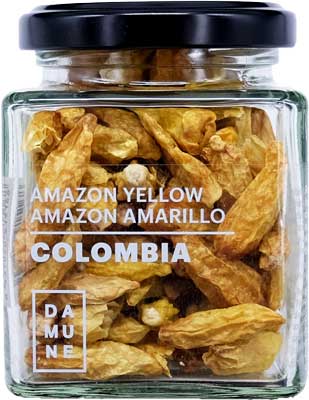Introduction
A selection of different chillis.
The chili habaneros are named after the Cuban city of La Habana, as heavy trading of this chilli took place there. It grows mainly on the Yucatan Peninsula (Mexico), where it is believed it’s origin comes from. When the Spanish discovered it, they spread it far and wide around the world. Taxonomists within the 18th century thought it originated in China and therefore named it “Capsicum chinense” or the “Chinese pepper.” With its breathtaking heat, its hint-of-citrus and fruity flavor and its flowery aroma, it has becomed a well-loved fixing in many preparations including hot sauces and other spicy foods.
An average habanero pepper is about 45 times hotter than an average jalapeno pepper.
The chili jalapenos are named after the city of Xalapa, also named Jalapa, in the state of Veracruz, Mexico. Spanish and Portuguese explorers introduced them to Europe and Asia in the 15th and 16th centuries. Botanically a part of Capsicum annuum. Since jalapeno peppers range between 2,500 and 8,000 Scoville Heat Units (SHU), the can be notably spicy, but they are not too spicy, depending on your tolerance.
Scoville Heat Units (SHU): The Scoville scale is the measurement of the spicy heat of chili peppers or other spicy foods as reported in Scoville heat units (SHU), a function of capsaicin concentration. The scale is named after its creator, American pharmacist Wilbur Scoville. How was this concentration measured: an exact weight of dried pepper is dissolved in alcohol to extract the heat components (capsaicinoids), then diluted in a solution of sugar water. Decreasing concentrations of the extracted capsaicinoids are given to a panel of five trained tasters, until a majority (at least three) can no longer detect the heat in a dilution.
How to Use It
The chemical that makes peppers hot, capsaicin, is an oil and will stick to your skin. It is best to practice food safety by wearing gloves when working with these peppers, especially if your skin is sensitive. Avoid rubbing your eyes or other sensitive areas of your body after handing habaneros or any other hot peppers.
Capsaicin, the chemical that makes peppers hot, is a thermogenic. Thermogenics stimulate the burning of fat in the body by increasing the metabolism of the body’s adipose tissue, generating heat.
How to stop the burning after eating chili
Eat Dairy: Eat a dairy product, such as milk, yogurt or ice cream. Dairy products contain a chemical called casein that fights the effects of chili’s capsaicin (the chemical that makes chili hot) by removing it from the receptors.
Sugar can help absorb some of the hot chili oil and can reduce the burn .
How to treat skin irritated by hot peppers
Try rubbing alcohol first to remove the spicy oil. Then, soak the skin in milk or other dairy product. Use only water or saline for your eyes. If a milk product is not available, wash the skin thoroughly with warm water and soap. Rub vegetable or olive oil on the skin and let it set for a minute. Rinse.
Health Benefits
Chilli peppers are an excellent source of vitamin C and contain copper, magnesium, vitamins A, E, and K, folate, manganese, fiber, potassium, and iron. Capsaicin, the chemical that makes peppers hot, is a thermogenic (stimulate the body’s burning of fat by increasing the metabolism of the body’s adipose tissue, generating heat).







